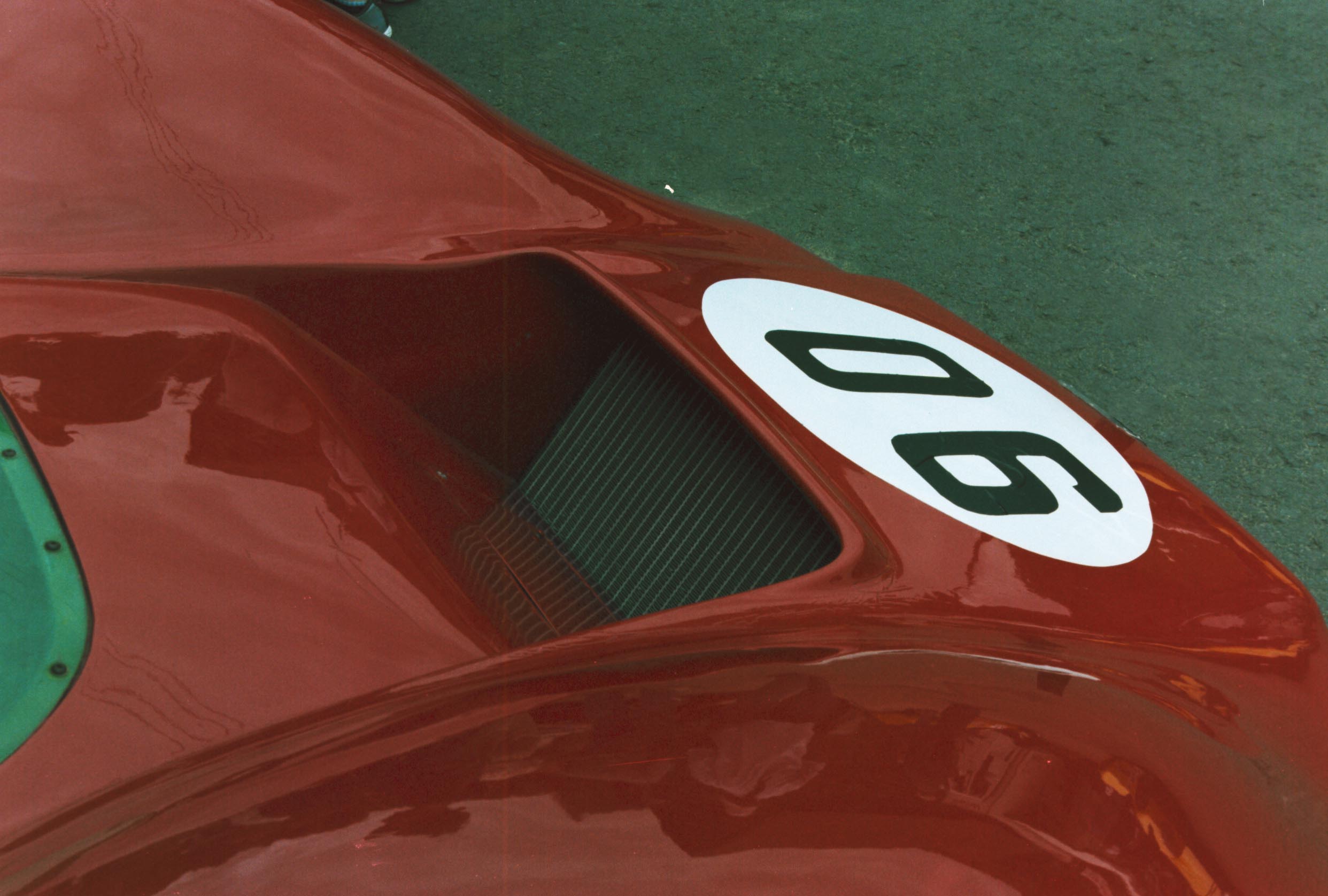Aerodynamics and the cooling system
The number one requirement of any cooling system is that it should be effective. By that I mean keeping the engine operating at its optimum working temperature for best overall performance, aligned to acceptable durability. At one time this was considered all that was needed, but vehicle manufacturers soon realised that while the pump used to circulate the coolant through the system absorbed useful engine power, the aerodynamic drag associated with the vehicle radiator (positioned as it was towards the front of the vehicle) indirectly absorbed useful engine power as well. In fact, early researchers reported that the aerodynamic drag of those early heat exchanger installations could be as much as 8-10% of the net power produced by the engine.
These days of course we are a lot more enlightened, and the realisation that the position of the radiator and how it is installed – and not just its overall size and thickness – can make a great difference to a vehicle’s overall performance. That means carefully ducting just enough cooling air into and through the radiator core with the minimum of aerodynamic losses, something that few vehicle modifiers or special builders fully understand or manage.
For any given heat exchanger the rate of heat dissipated is proportional to the mean temperature difference between the radiating surface and the airstream, as well as (airstream velocity) 0.6 and (air volumetric flow rate)0.8 passing through it. This means that for a given radiator the thermal efficiency and internal drag are both reduced by slowing the velocity of air passing through the core. High-energy air passing into the ducting thereafter needs to be slowed down progressively before it gets to the core. At the core the velocity energy of the incoming air is converted to pressure energy which, having absorbed as much heat energy as it can, needs to be accelerated away back out into the airstream as quickly as possible. A divergent nozzle should be used to minimise any further aerodynamic losses.
In a number of branches of motorsport, however, many competitors choose to dispense with the radiator altogether, thinking that the reduction in aerodynamic drag will result in reduced elapsed times. In hillclimbs for instance, dispensing with the radiator can save valuable weight, but with the engine cooling jacket overheating, by the end of the climb this can cause considerable loss of power, not to say the possibility of the engine running into detonation as the engine coolant temperature climbs.
In drag racing though, competitors often to go to extremes, preferring sometimes to dispense with the water jacket altogether, or some even fill the void caused by the missing coolant with concrete or a thermosetting resin. This, it is said, is designed to stiffen the stock cylinder block and resist the prodigious torques often delivered by such engines. The Top Fuel boys also machine their cylinder heads direct from aluminium billet, omitting any hint of a coolant jacket. Desperate indeed but when you consider that the fuel they use – a mixture of nitromethane and methanol – has such a high latent heat of vaporisation that for short bursts of 6-7 s (the time taken to complete the course) the risk of seizure is minimal. And when engines are routinely rebuilt between runs, such abuse is easily justified in terms of run times.
For more practical sustainable running for the rest of us, however, the radiator installation needs to be carefully thought out.
 Fig. 1 - 1965 McLaren M6A radiator exit duct
Fig. 1 - 1965 McLaren M6A radiator exit duct
Written by John Coxon